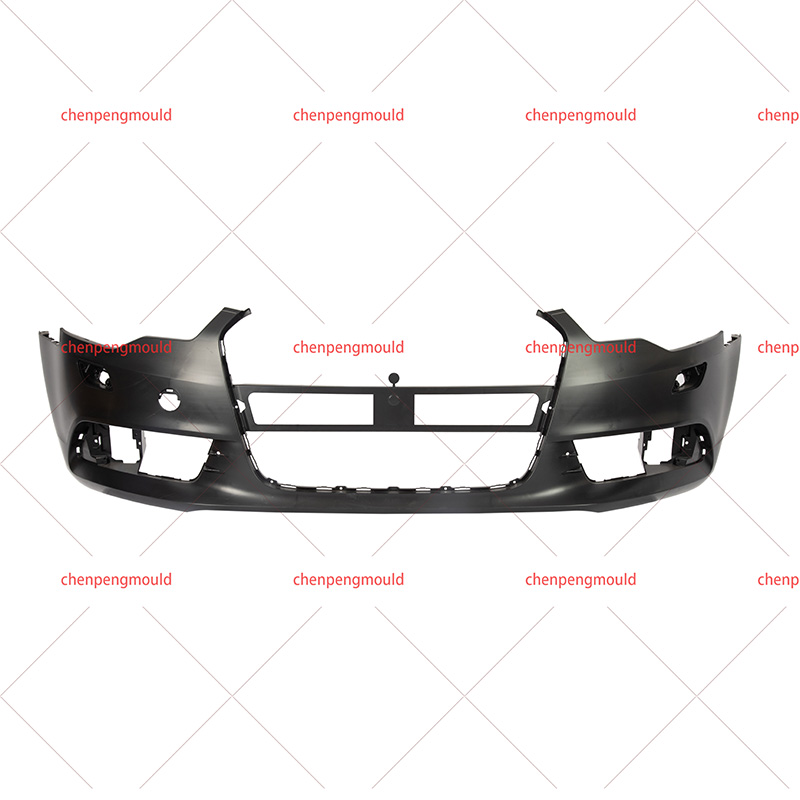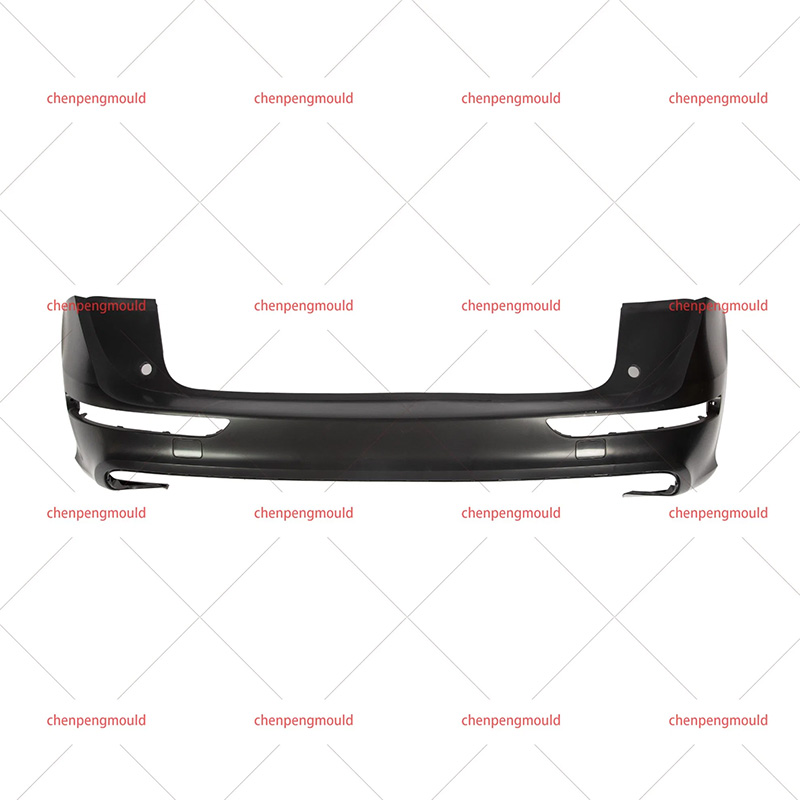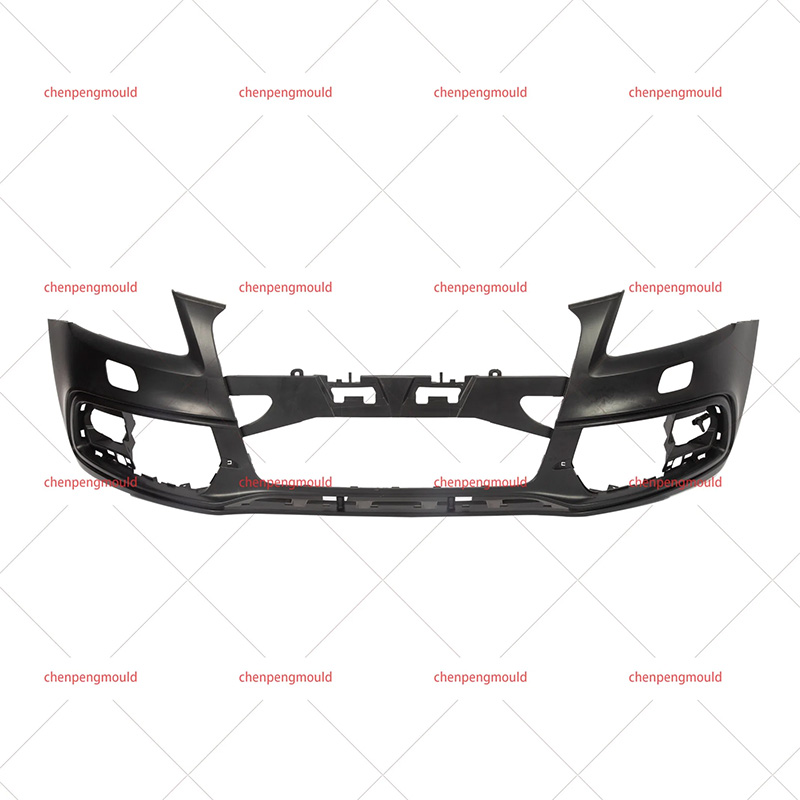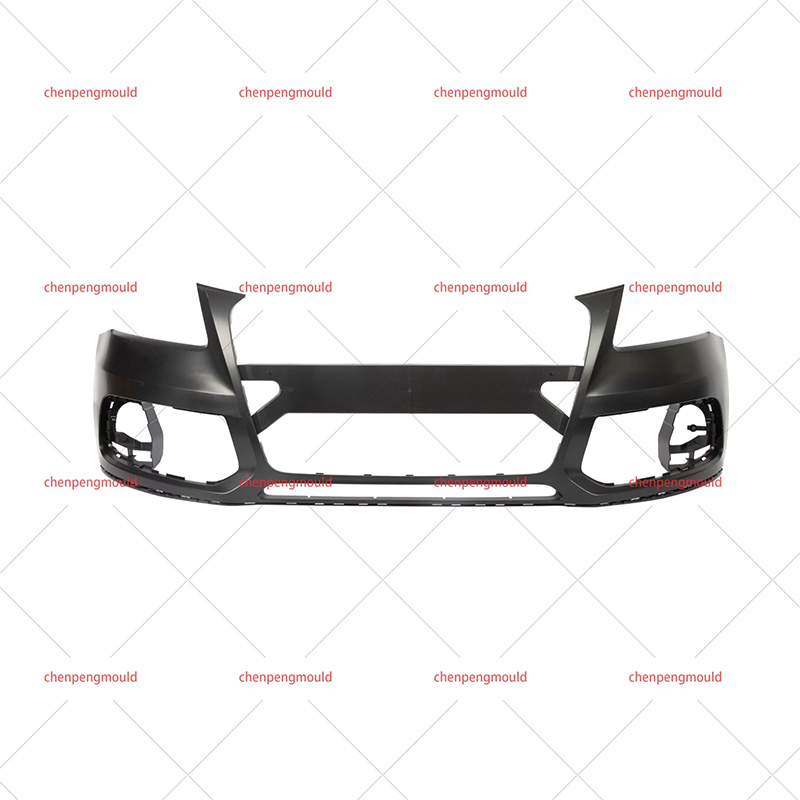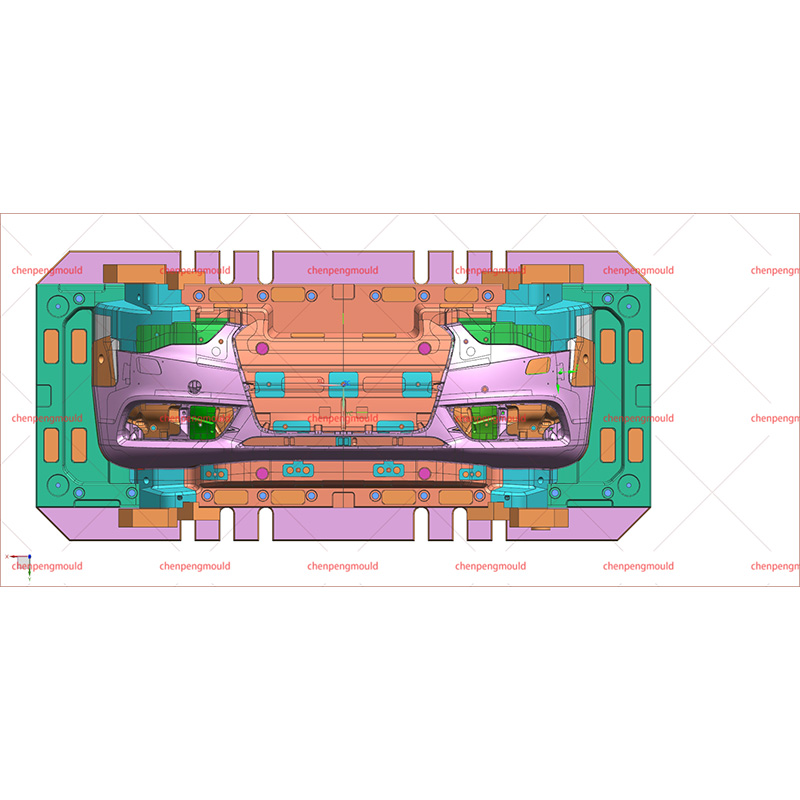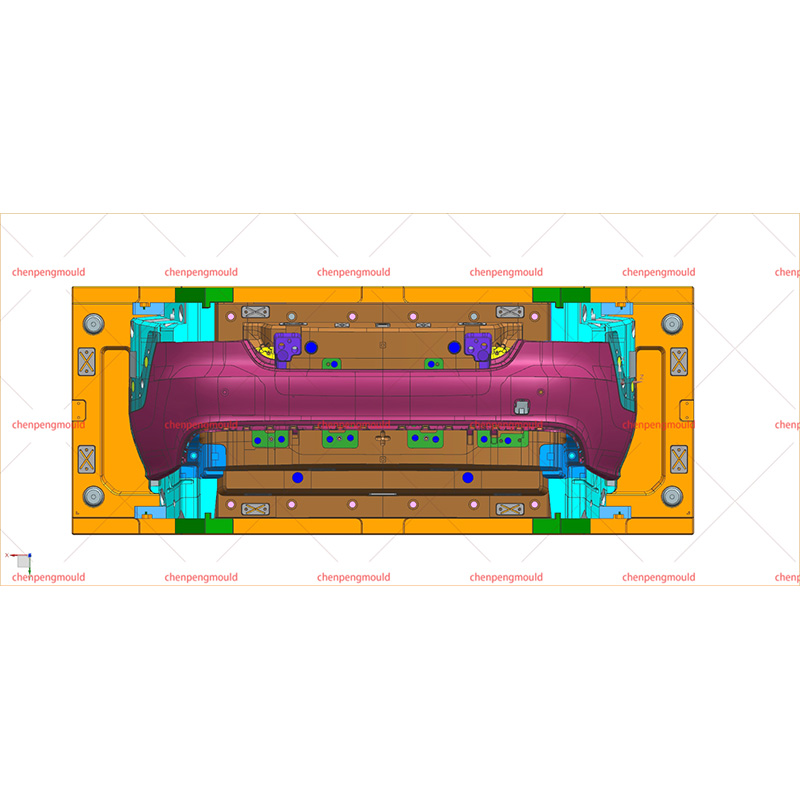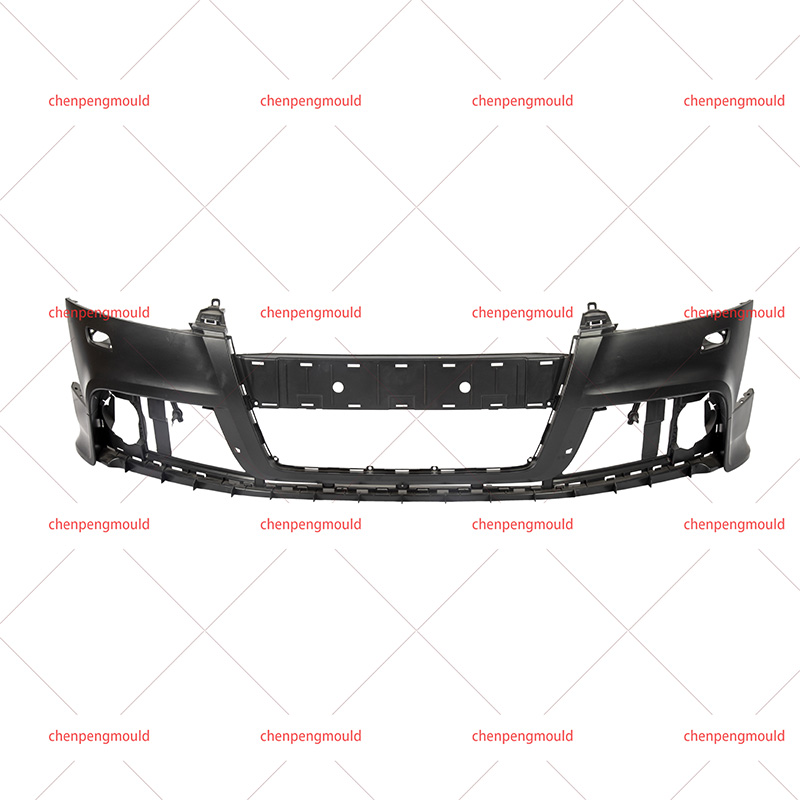Car bumper molding is a type of injection molding process used to create bumpers for vehicles. The process involves injecting molten plastic or composite material into a mold under high pressure, which then cools and solidifies to form the bumper. These molds are typically designed to meet precise dimensions, ensuring the bumpers fit correctly on the vehicle.
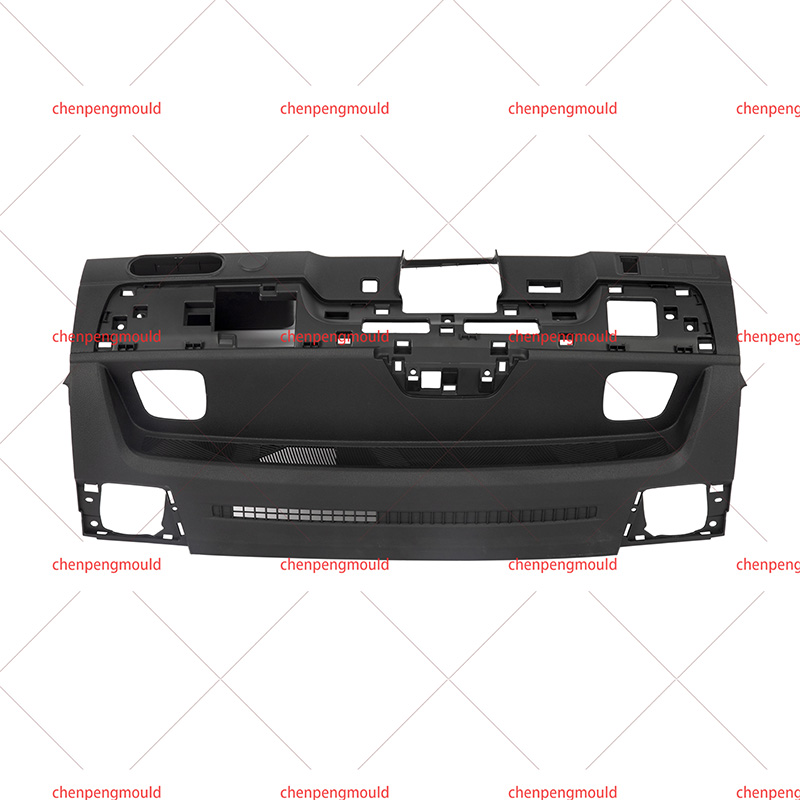
The control system within this process manages various parameters, including temperature, pressure, injection speed, and timing. The goal is to achieve a balance that ensures the bumper's strength, durability, and aesthetic appeal, while waste and defects.
The control system in car bumper molding plays a pivotal role in ensuring that the entire process runs smoothly. By integrating sensors, actuators, and software, the control system helps monitor and adjust the key factors that influence the quality of the bumper. Here are some of the main functions the control system performs during the molding process:
One of the important aspects of the car bumper molding process is maintaining the correct temperature. Both the mold and the injected material need to be heated to precise temperatures to achieve flow and curing. The control system manages the temperature through thermocouples and temperature sensors, adjusting heating elements to maintain the right conditions throughout the molding process.
For example, the mold temperature must be regulated to ensure that the molten plastic cools and solidifies at a consistent rate. If the mold temperature is too high or too low, it can defects such as warping or incomplete filling of the mold. The control system constantly monitors and adjusts the mold temperature to prevent such issues, contributing to the overall quality of the bumper.
During the injection phase, the control system ensures that the right amount of pressure is applied to inject the molten material into the mold. Too much pressure can over-compression, while too little can result in incomplete or weak parts. The control system regulates the pressure applied by adjusting the injection speed, ensuring that the material fills the mold completely and evenly.
The ability to control injection speed is crucial for achieving uniform material distribution. The system can modulate the speed based on the viscosity of the material and the complexity of the mold design, ensuring consistent part quality.
The molding process involves several stages, including injection, cooling, and ejection. Each of these stages must be timed precisely to ensure efficiency. The control system monitors and adjusts the cycle time, ensuring that each stage is completed at the time.
In the case of car bumper molding, the cooling phase is particularly important. The bumper must cool to a certain temperature before being ejected from the mold to ensure that it retains its shape and does not warp. The control system monitors the cooling process and adjusts accordingly, balancing cycle time with product quality.
The control system also plays a role in monitoring the consistency of the material flow. By using sensors that detect viscosity, pressure, and flow rate, the system ensures that the material is being injected evenly throughout the mold. This prevents issues such as air pockets, voids, or uneven thickness in the bumper.
In addition, the system can track the material used during each molding cycle, ensuring that the right amount of material is injected and reducing waste. This is particularly important in car bumper molding, where the use of high-quality materials like thermoplastic elastomers (TPE) or polypropylene is standard.

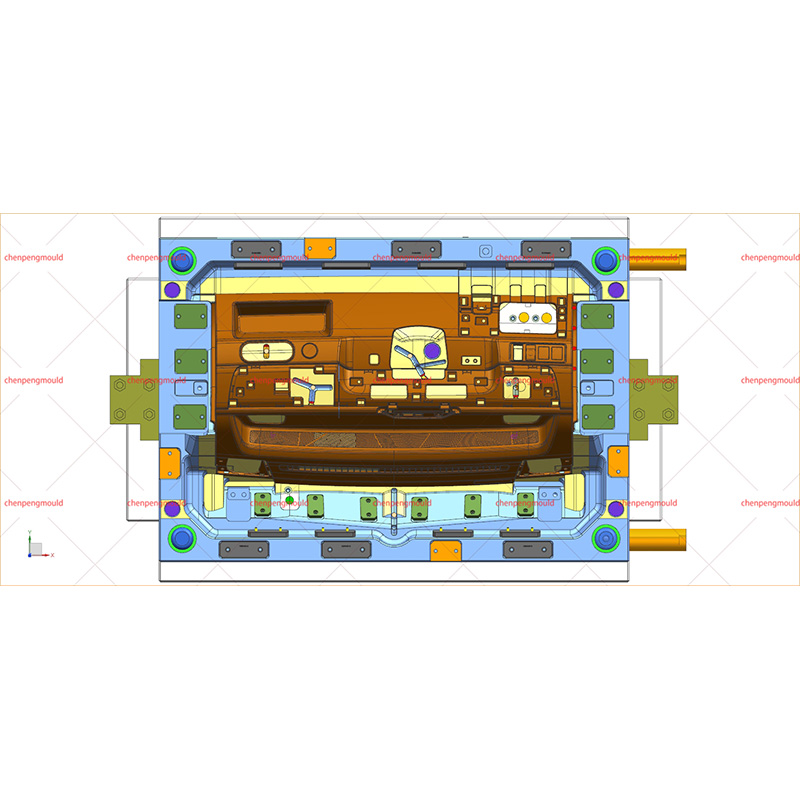
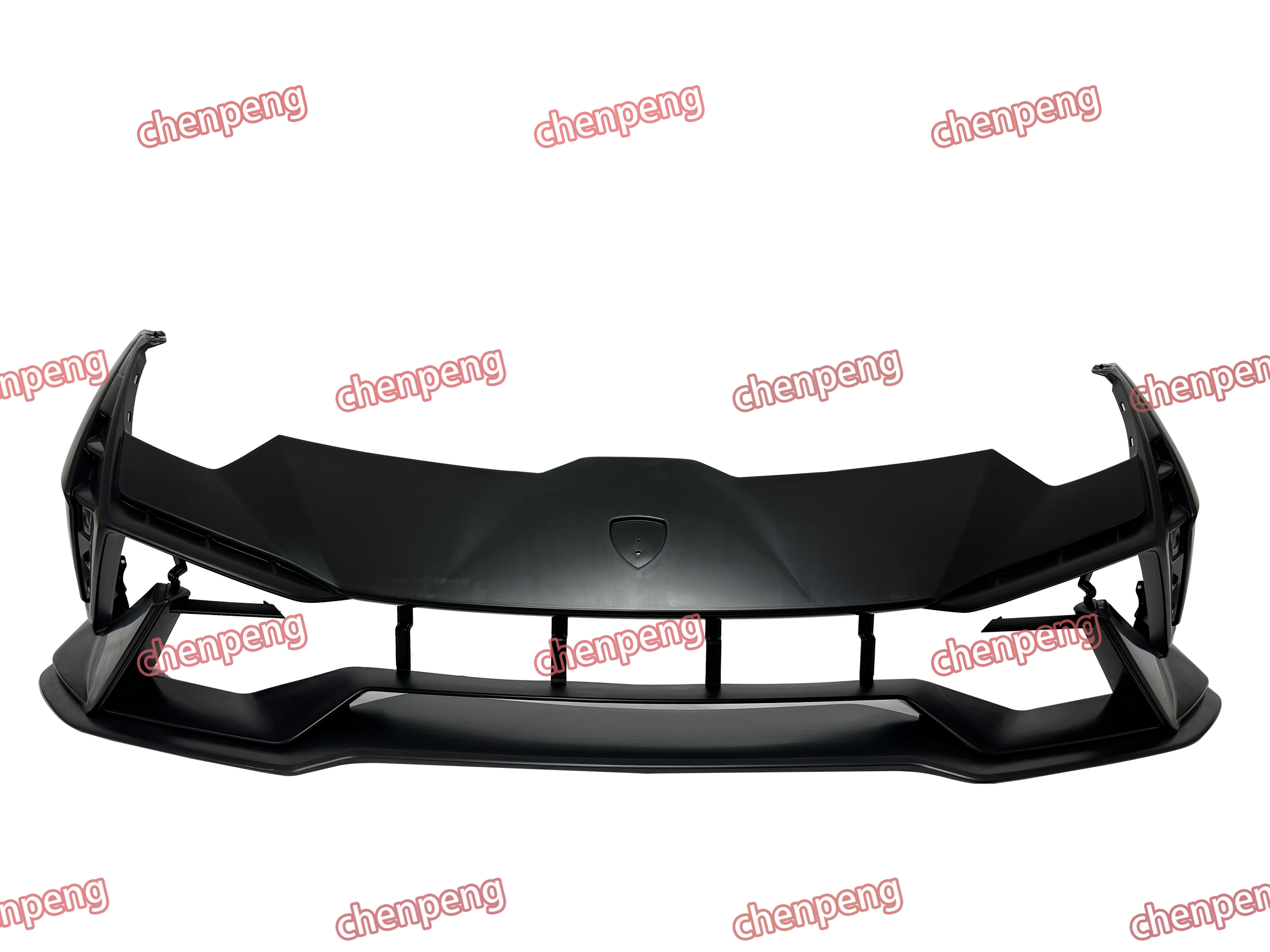
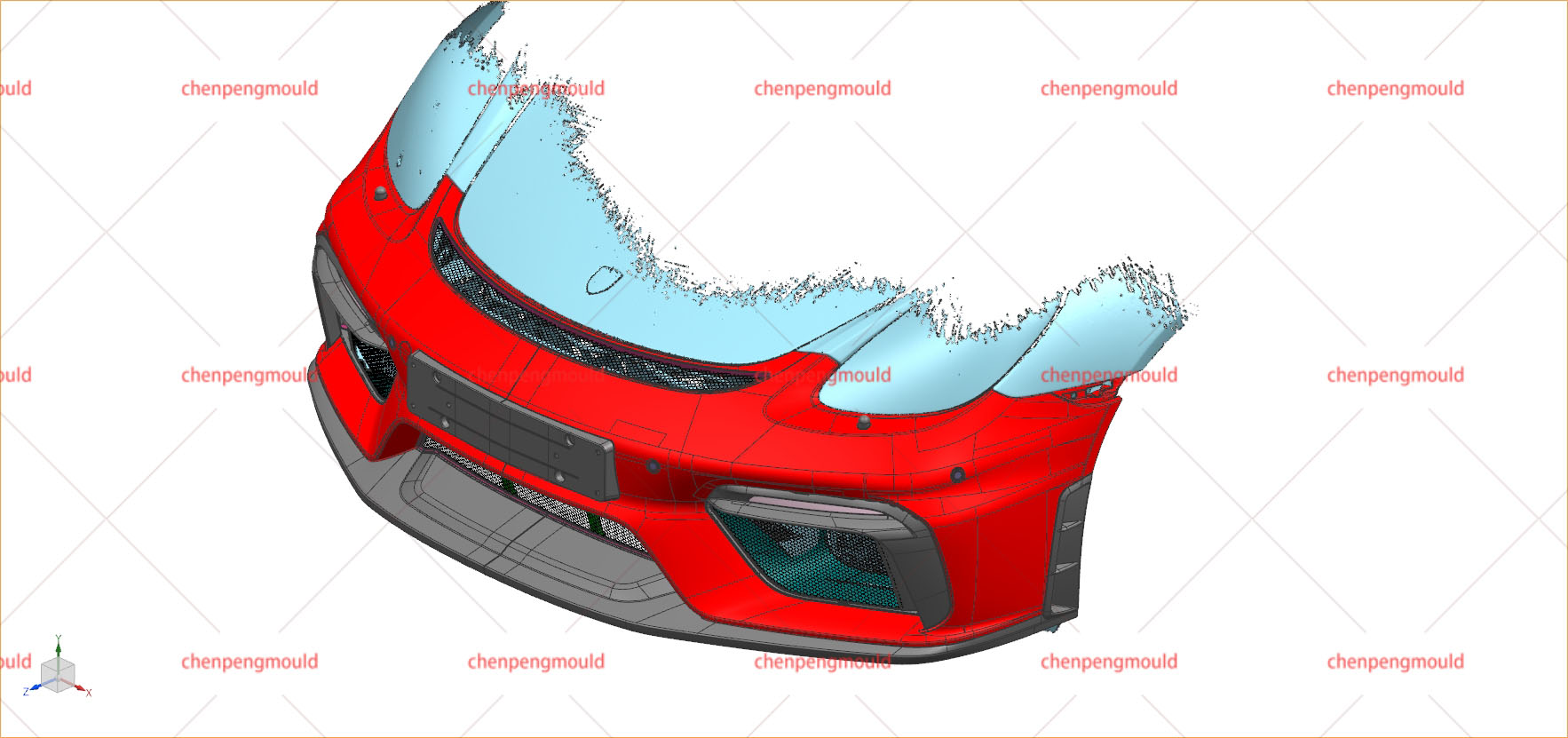
 +86-18357617666
+86-18357617666
